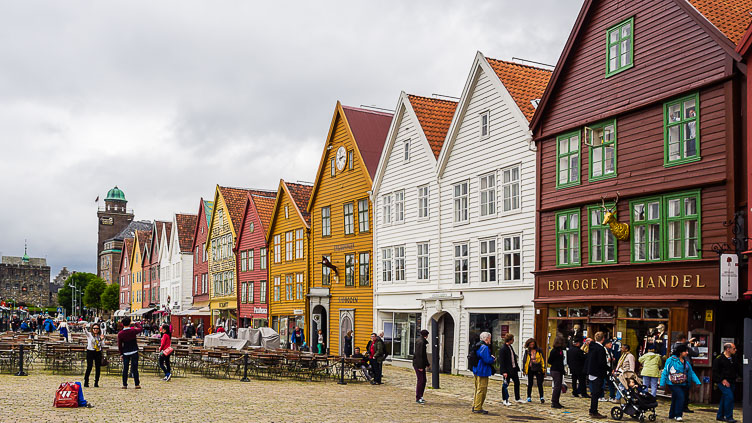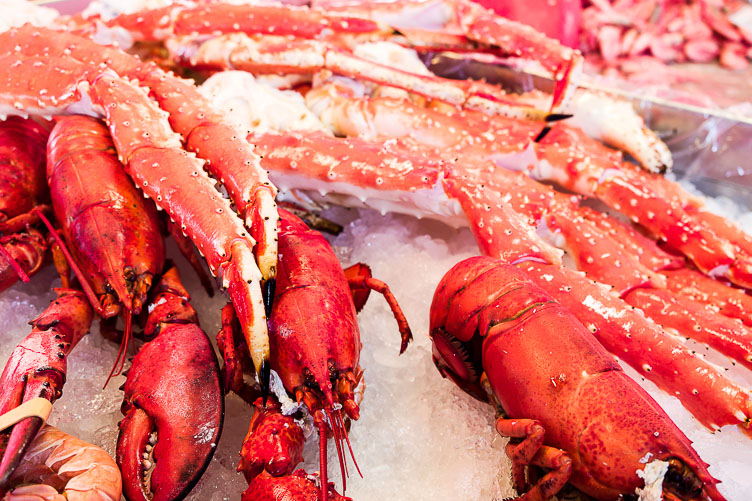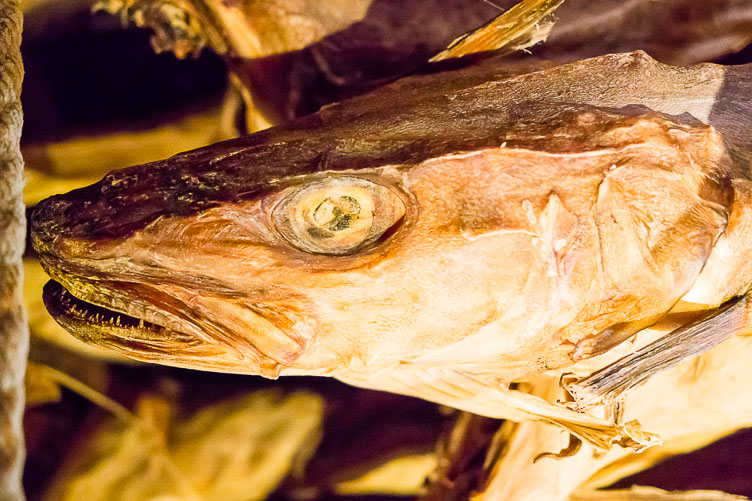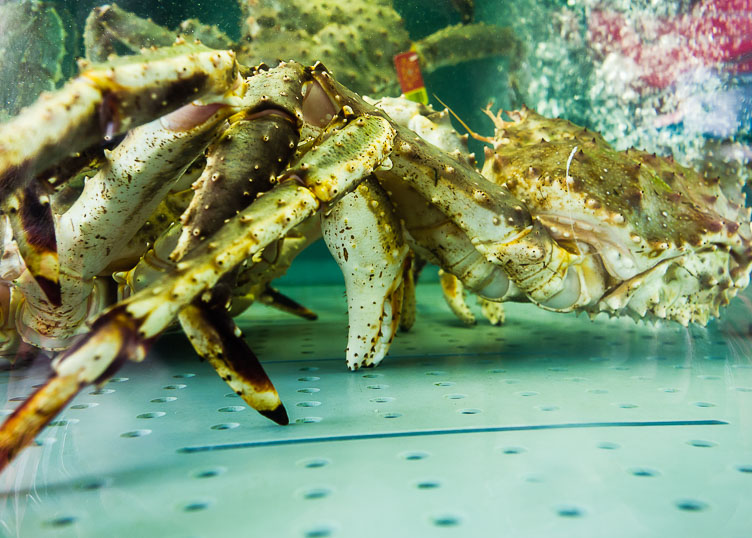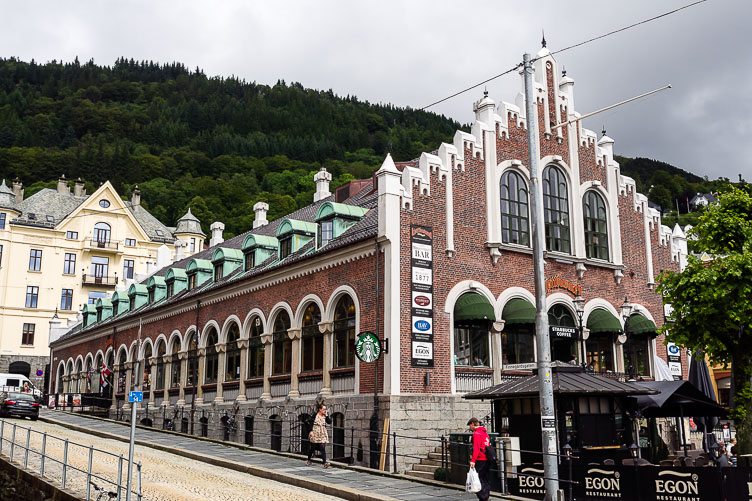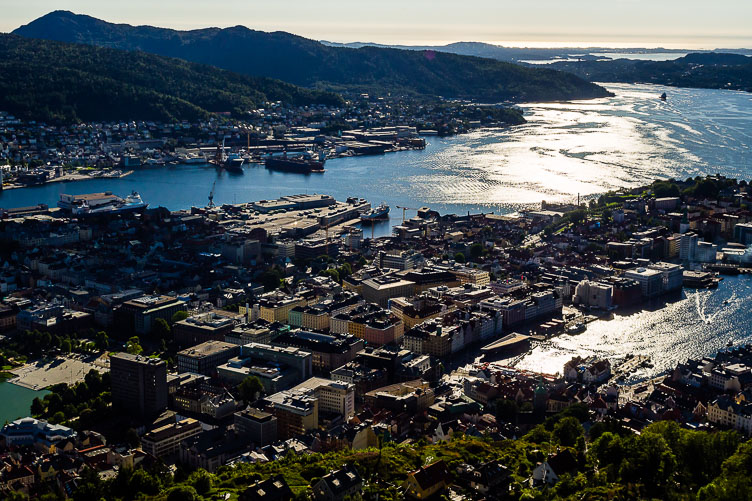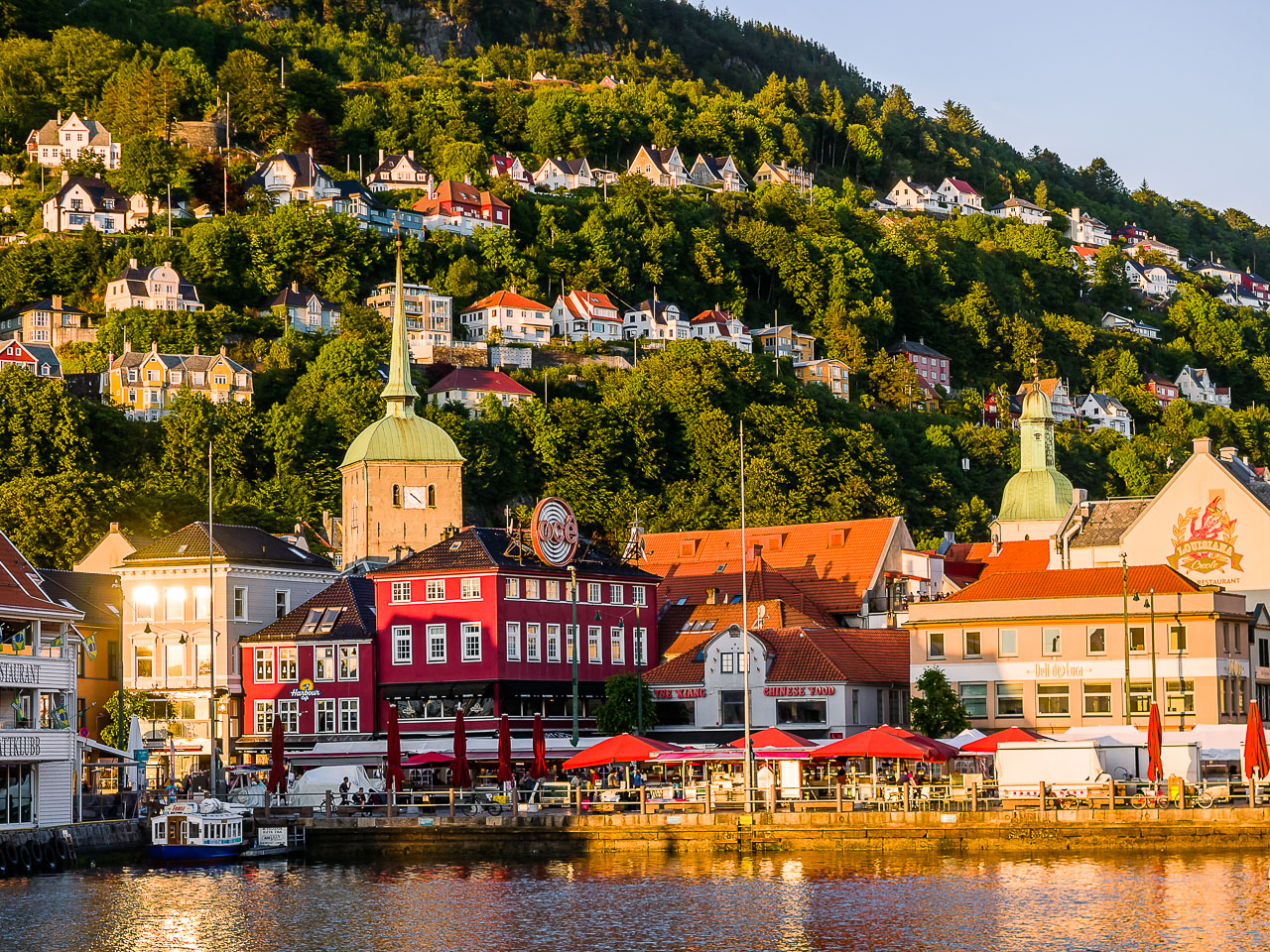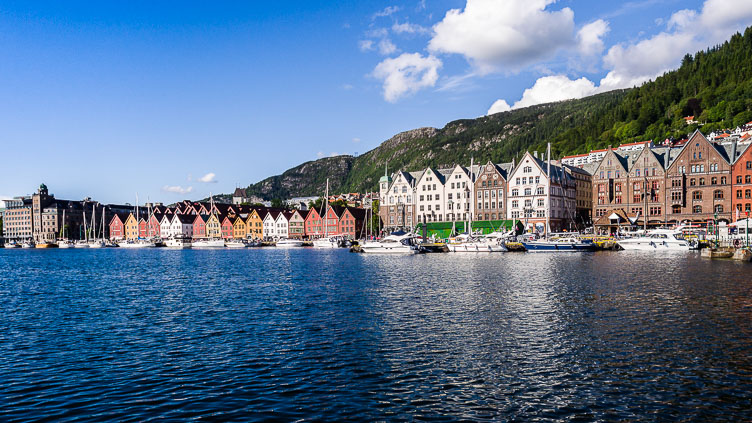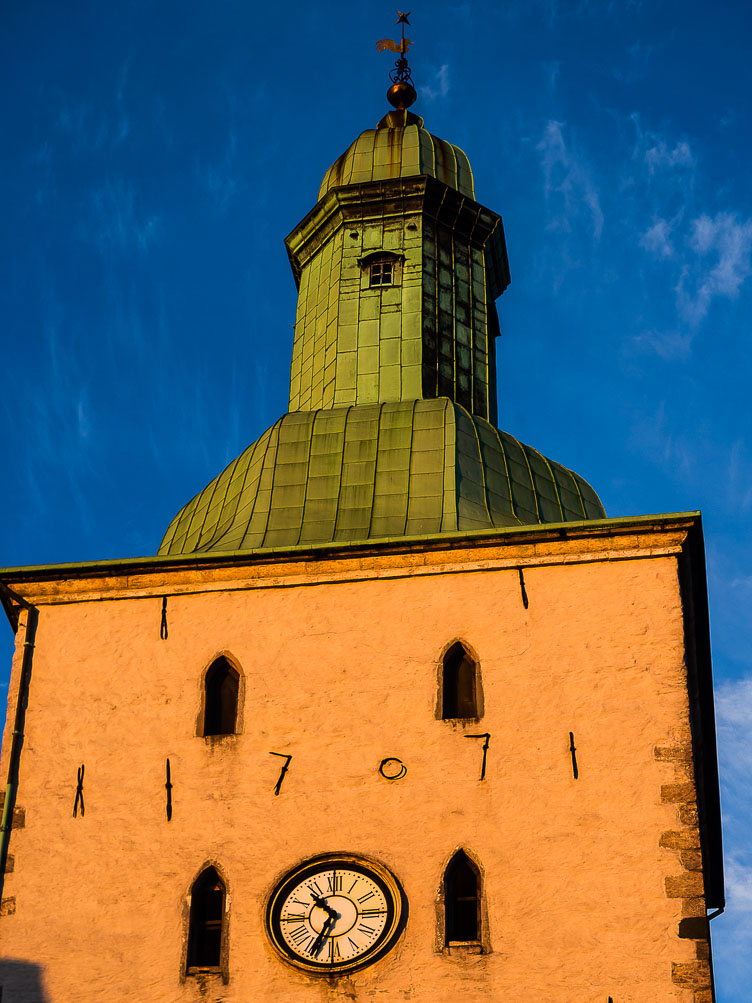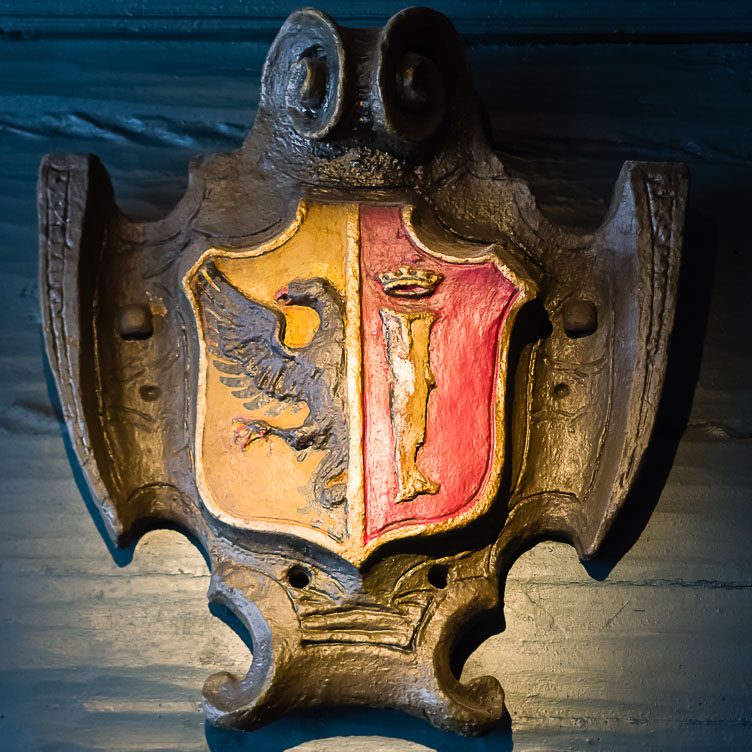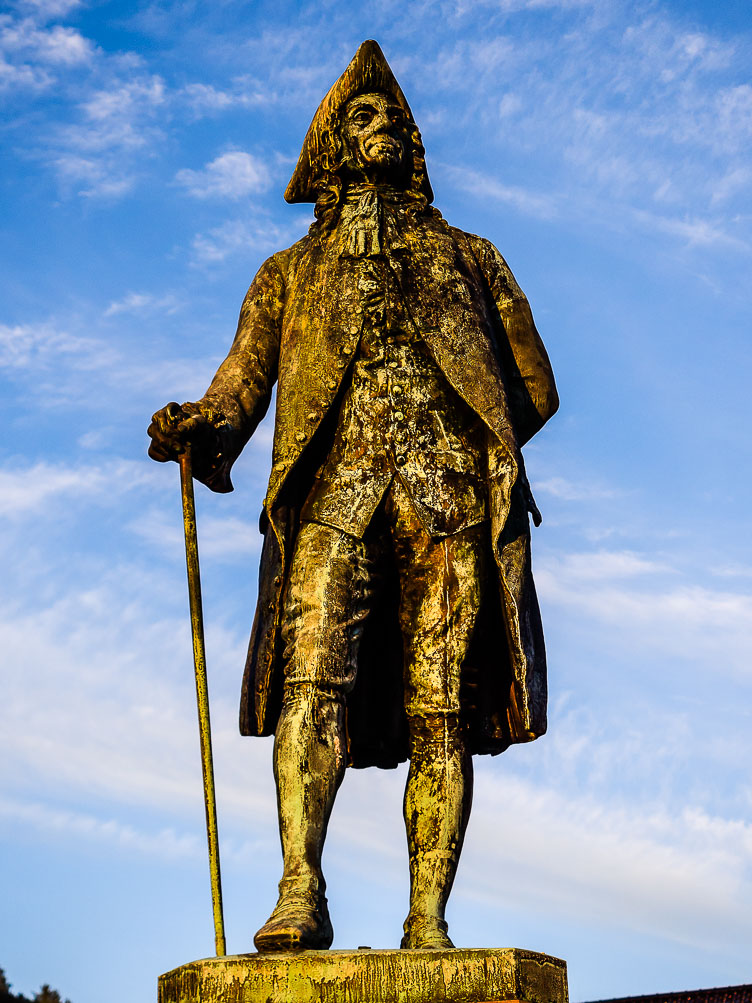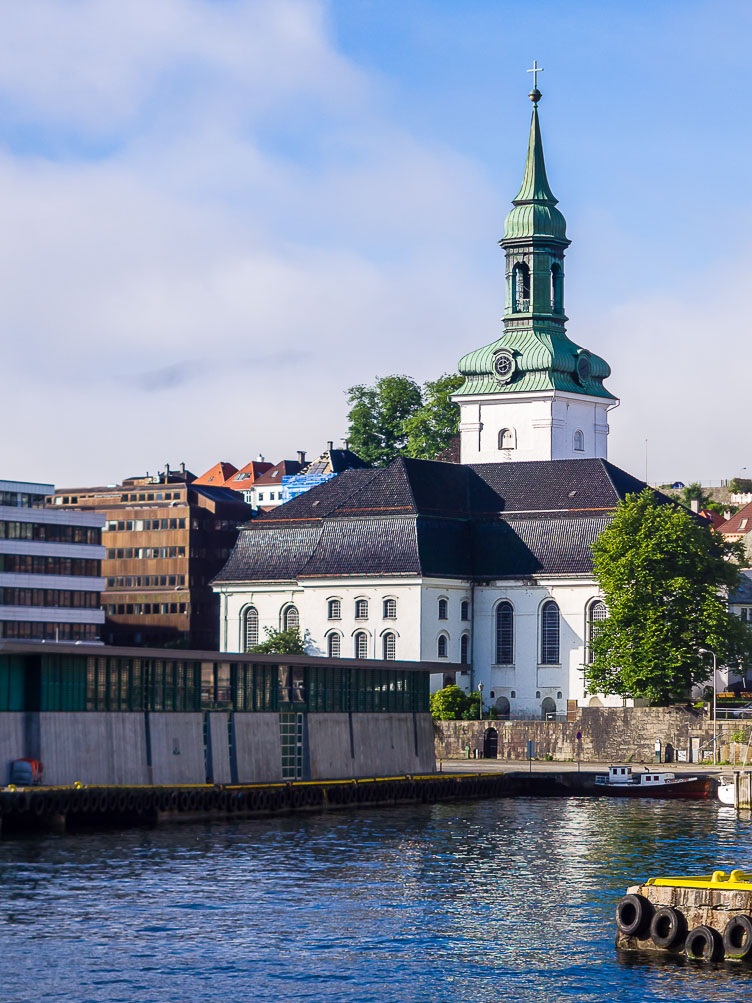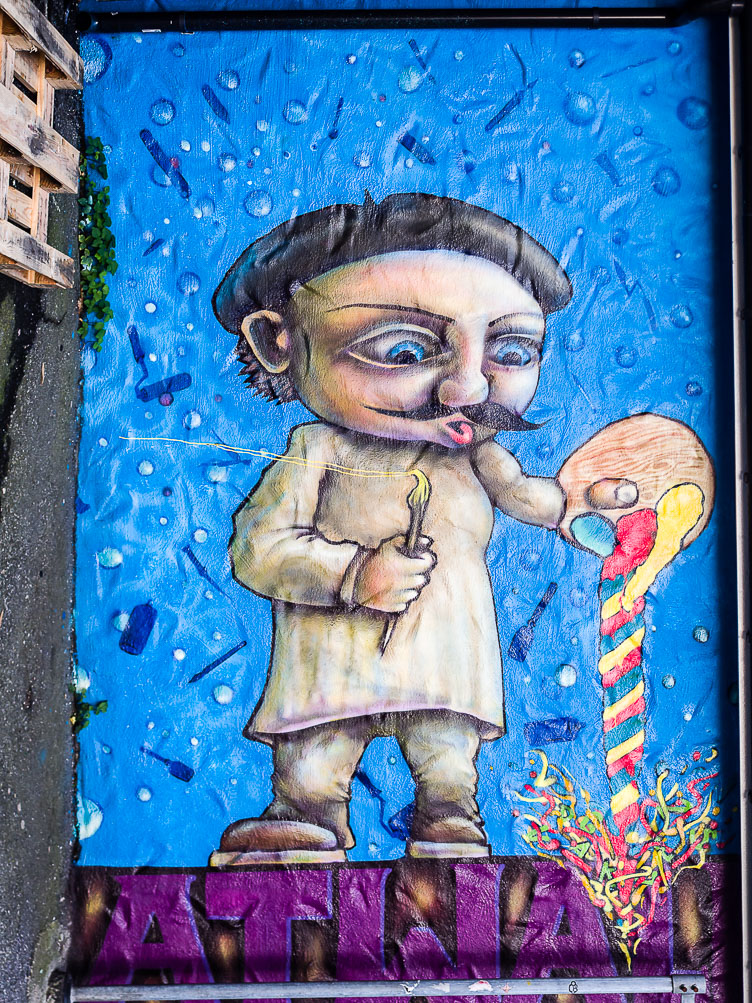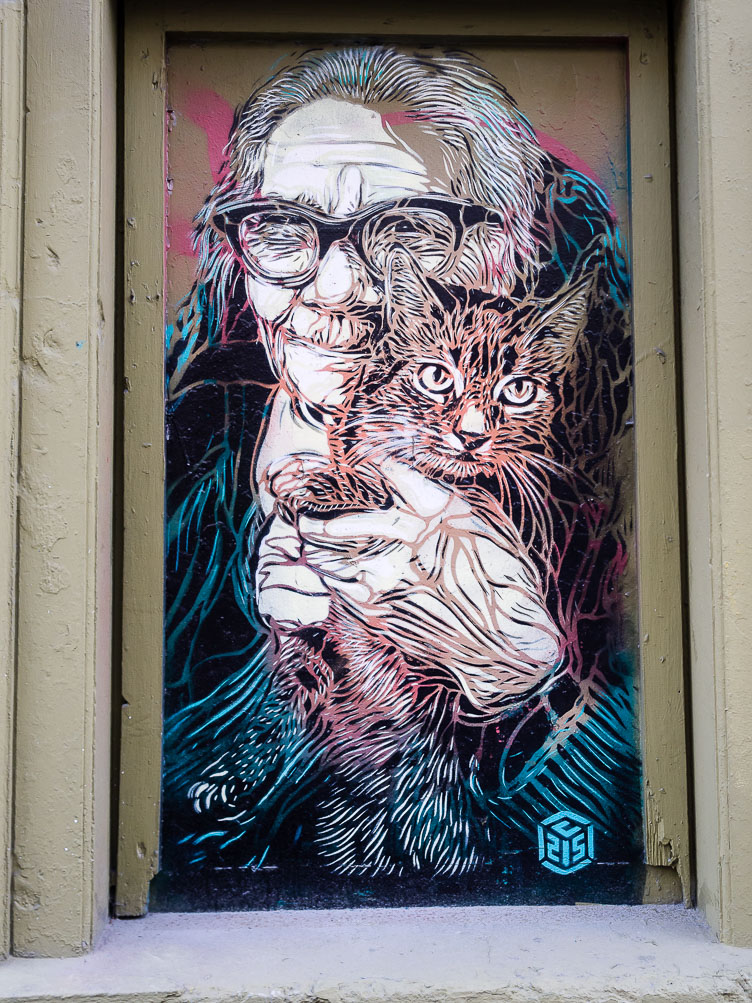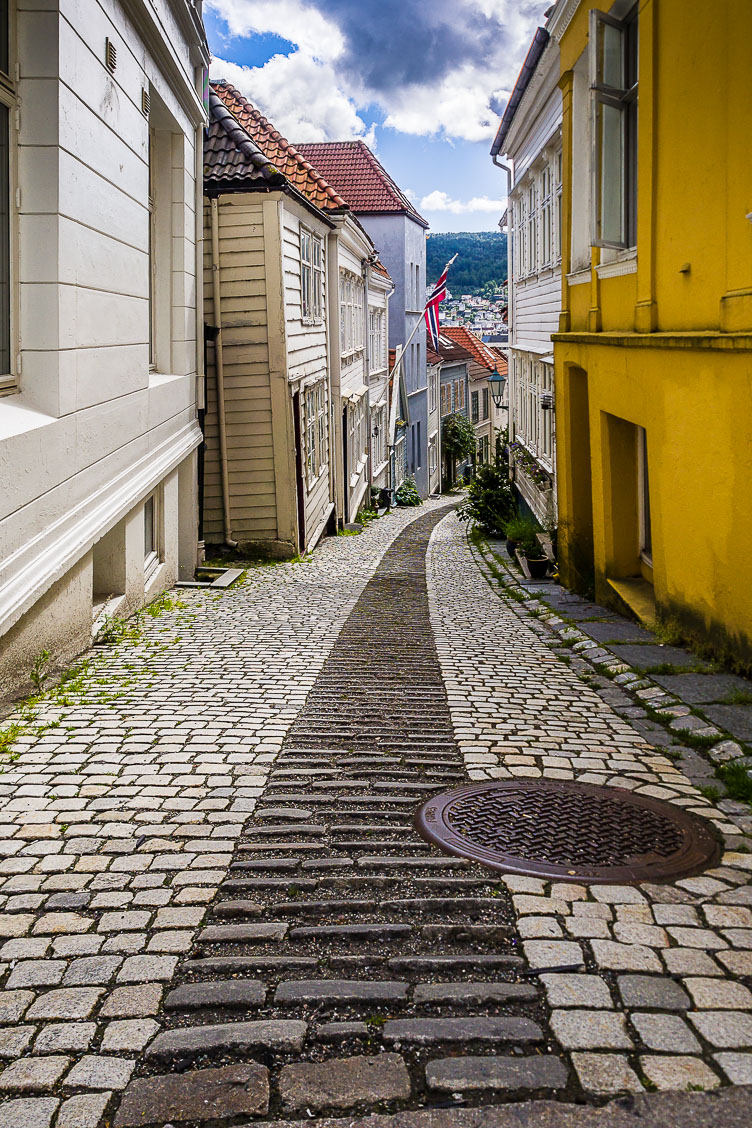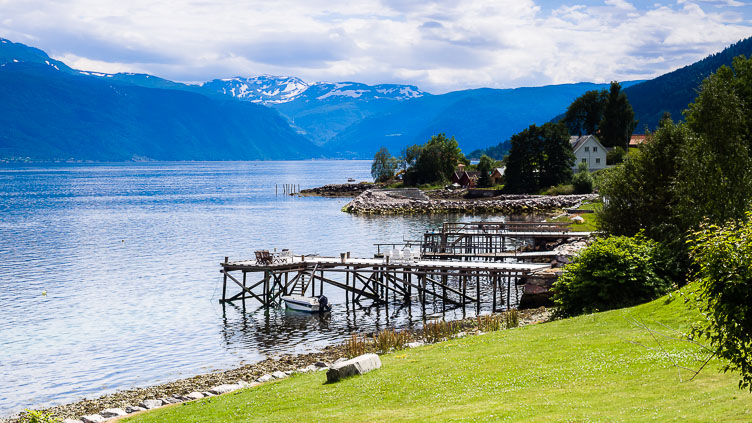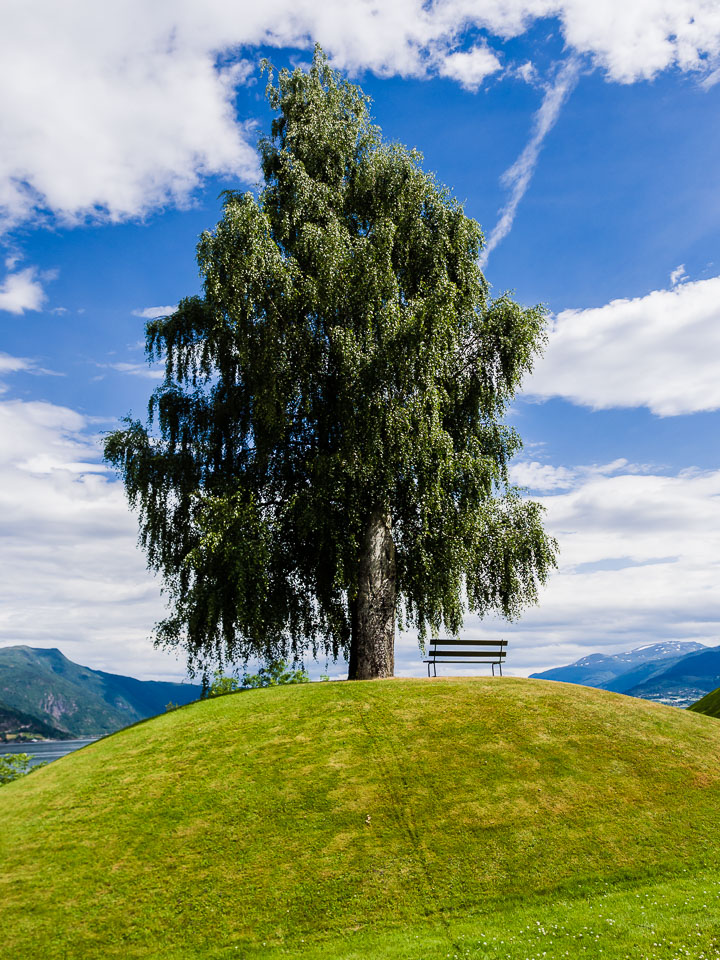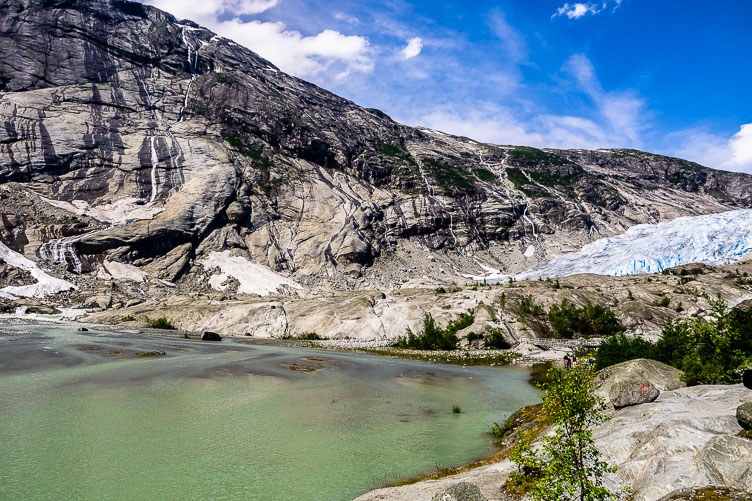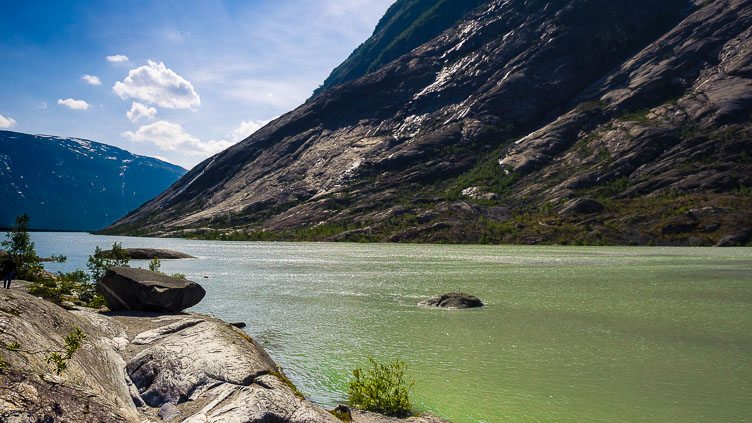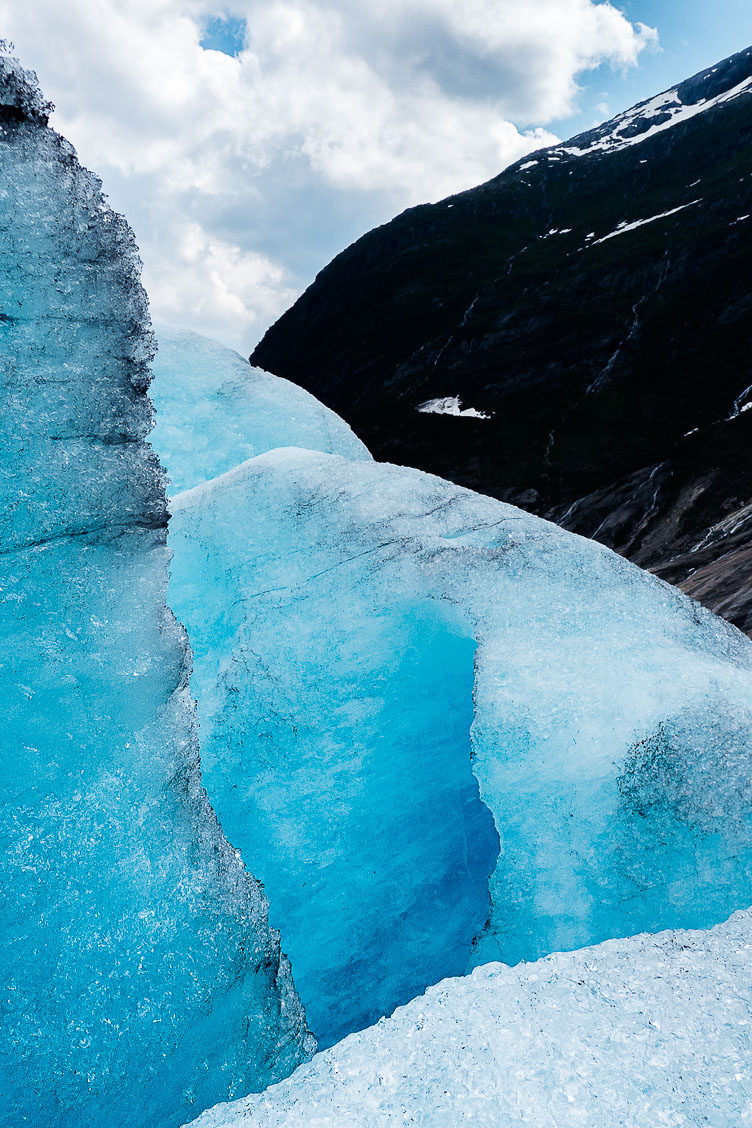
Norway is a big country. I got to see a small part of it on a trip to Bergen and the Sognefjord organized by the tourist board. But the trip which included fjords, rafting, beautiful villages and glaciers made sure I want to come back.
Bergen
A Hanseatic city starring, among other things, the famous colored row of wooden houses along the waterfront called Bryggen. In the time of the crusaders there were already rumors that great stockfish was for sale in Bergen. The fish was caught in Lofoten, but under royal decree only traded through Bryggen. In 1360 Bryggen became a ‘Kontore’ (Office) of the Hanseatic League who build the buildings that secured Bryggen its place on the Unesco World Heritage list.
Besides the waterfront and the fish market there are characteristic churches with copper clad roofs, neighborhoods with sloping streets lined with wooden houses making you feel you're in a fishing village rather than a city.
The Sognefjord
You do not have to book an expensive cruise to see the fjord; a ferry will do. The boat to Balestrand, halfway up the Sognefjord, leaves early in the morning. When I did the trip fog obscured the view of the islands that lie in the fjord, providing for a mystique atmosphere. When the fog cleared we sailed through a landscape of mountains that seemed to run into the seas, and green forests.
Balestrand
The village of Balestrand lies in a bend of the fjord so the area of water is large. With the mountains in the distance the reflection of the sky and the water creates a special light that attracted artists in the late 1800’s. You can still see why.
The Nigardsbreen glacier.
This glacier is a sidearm of Europe's largest glacier, Jostedalsbreen, a 100 kilometres long and 15 kilometres wide ice tongue with a thickness of up to 500 meters. From the other side of the lake in which the Nigardsbreen ends, even this relatively minor part of the glacier looks quite impressive. The characteristic blue hue is caused by light that is scattered through the ice during which process part of the red component is absorbed by the ice resulting in a blue tint.

